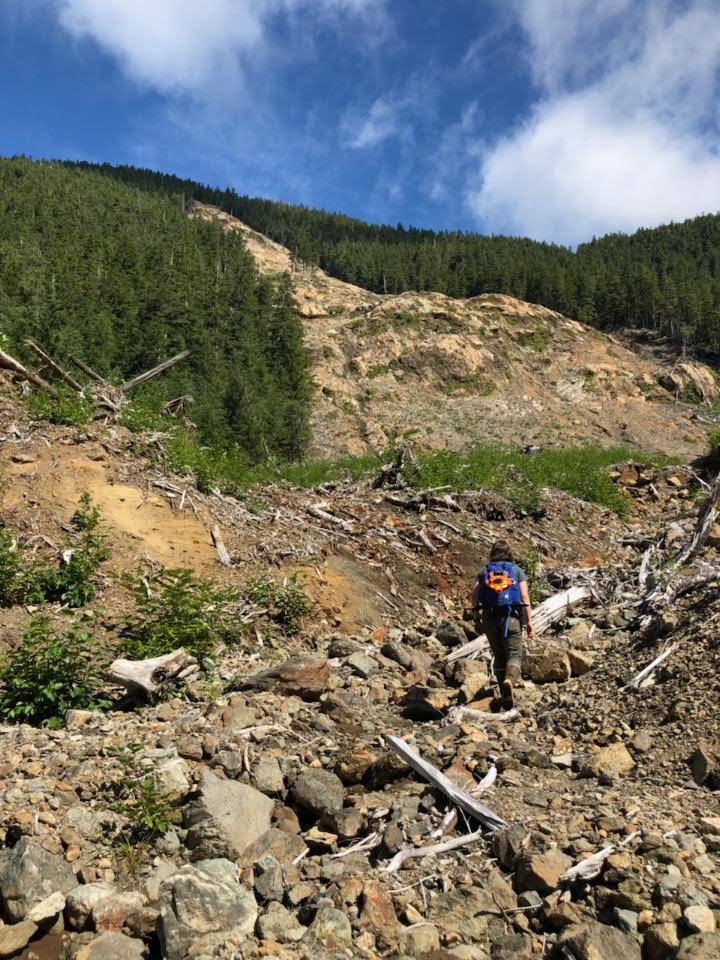
News
News
News
Staff Publication
SSSC Geoscience Coordinator Cora Siebert was involved in research looking at landslide debris flow that has recently been published.
Large wood inhibits debris flow runout in forested southeast Alaska
Due to their potentially long runout, debris flows are a major hazard and an important geomorphic process in mountainous environments. Understanding runout is therefore essential to minimize risk in the near‐term and interpret the pace and pattern of debris flow erosion and deposition over geomorphic timescales. Many debris flows occur in forested landscapes where they mobilize large volumes of large woody debris (LWD) in addition to sediment, but few studies have quantitatively documented the effects of LWD on runout. Here, we analyze recent and historic debris flows in southeast Alaska, a mountainous, forested system with minimal human alteration. Sixteen debris flows near Sitka triggered on August 18, 2015 or more recently had volumes of 80 to 25 000 m3 and limited mobility compared to a global compilation of similarly‐sized debris flows. Their deposits inundated 31% of the planimetric area, and their runout lengths were 48% of that predicted by the global dataset. Depositional slopes were 6°–26°, and mobility index, defined as the ratio of horizontal runout to vertical elevation change, ranged from 1.2 to 3, further indicating low mobility. In the broader southeast Alaskan region consisting of Chichagof and Baranof Islands, remote sensing‐based analysis of 1061 historic debris flows showed that mobility index decreased from 2.3–2.5 to 1.4–1.8 as average forest age increased from 0 to 416 years. We therefore interpret that the presence of LWD within a debris flow and standing trees, stumps, and logs in the deposition zone inhibit runout, primarily through granular phenomena such as jamming due to force chains. Calibration of debris flow runout models should therefore incorporate the ecologic as well as geologic setting, and feedbacks between debris flows and vegetation likely control the transport of sediment and organic material through steep, forested catchments over geomorphic time.
For access to the full article, please click here.
